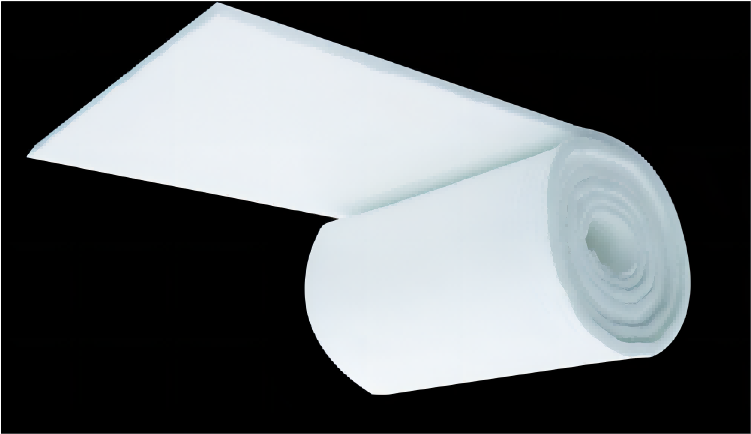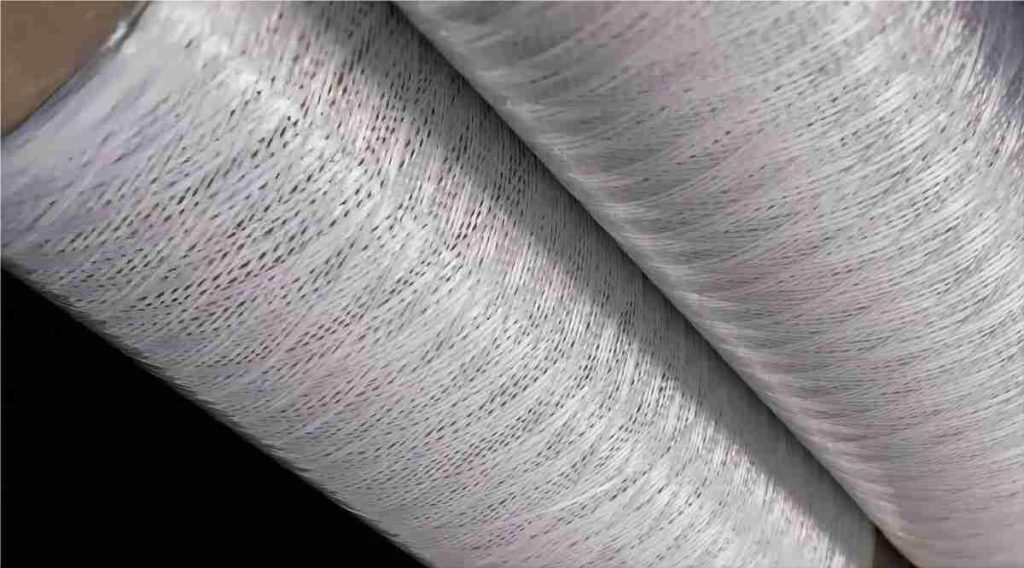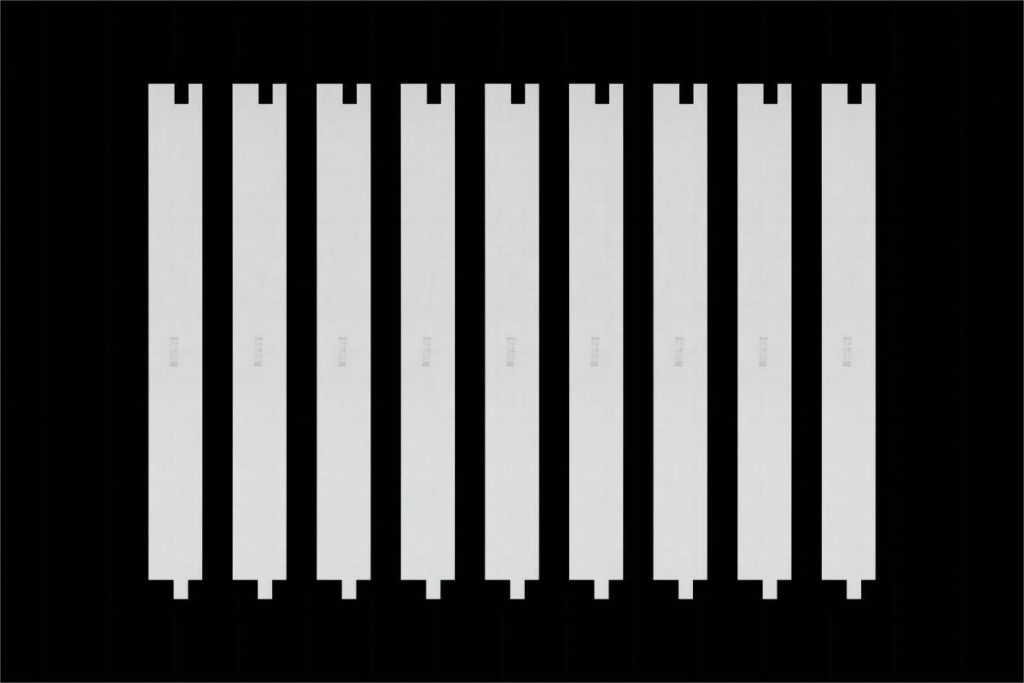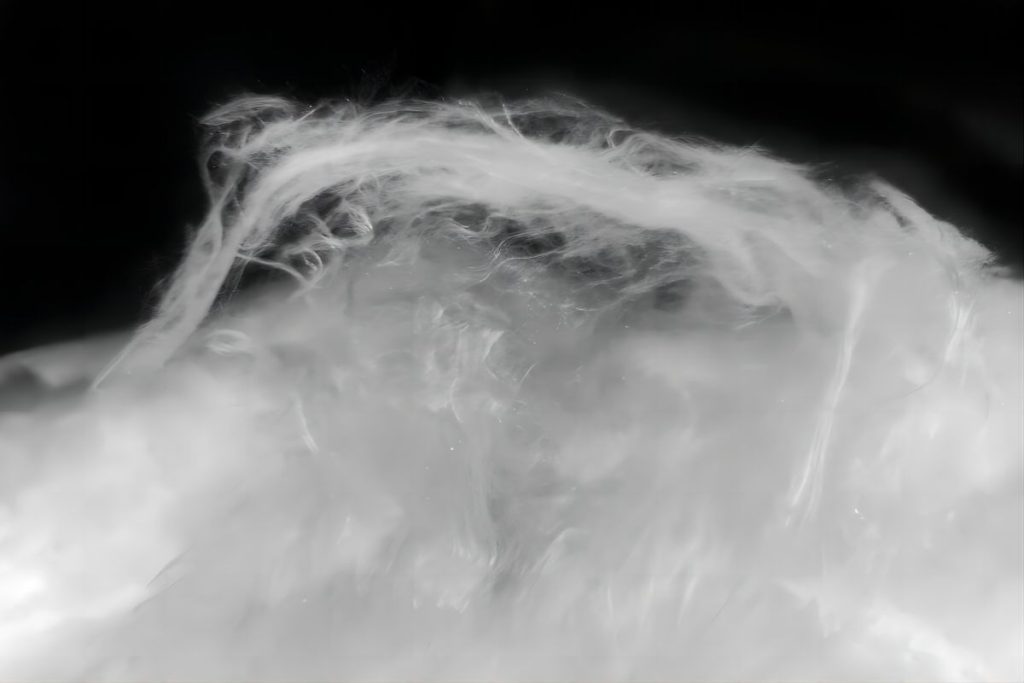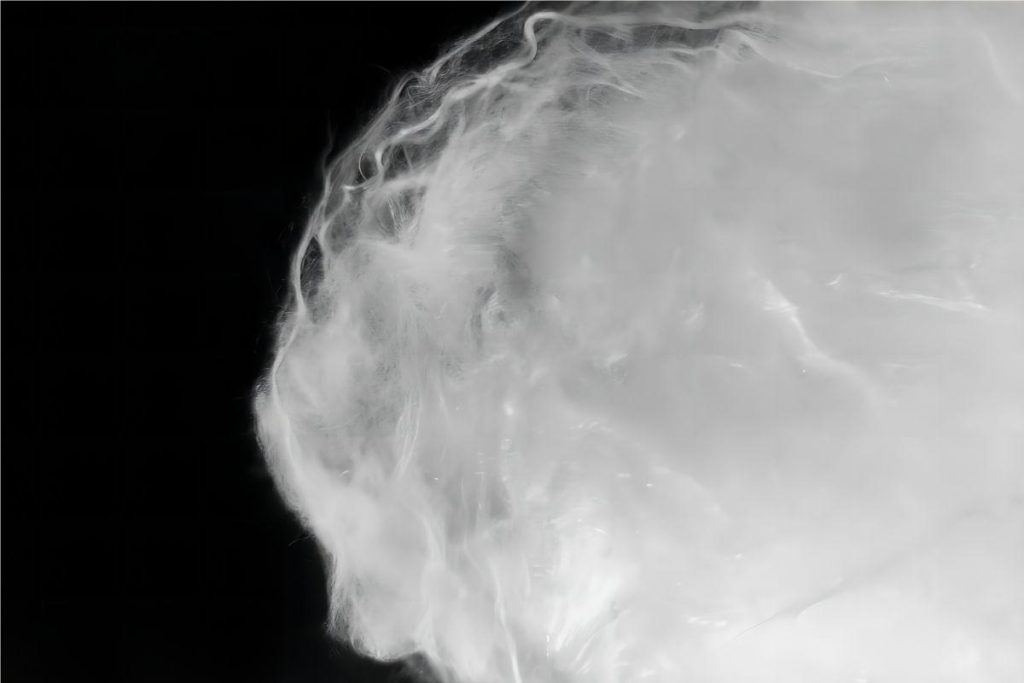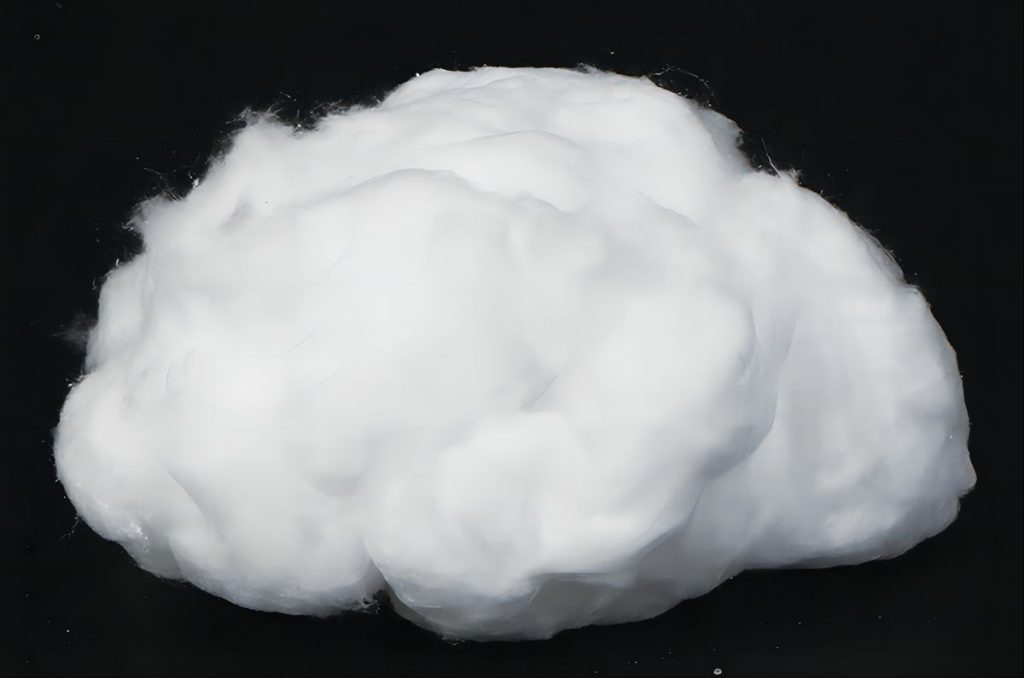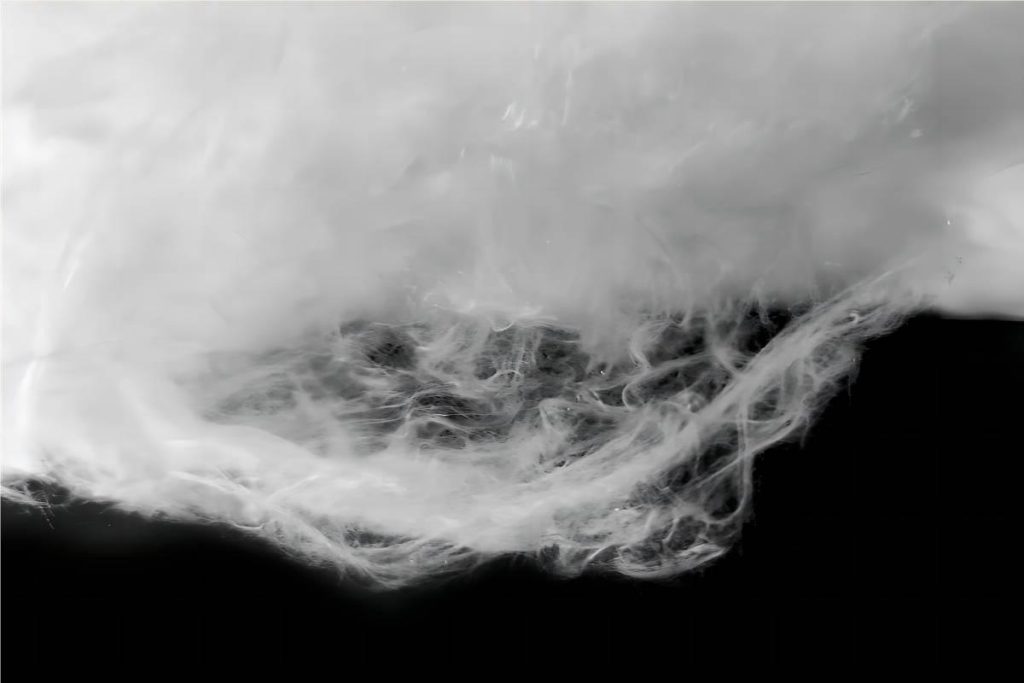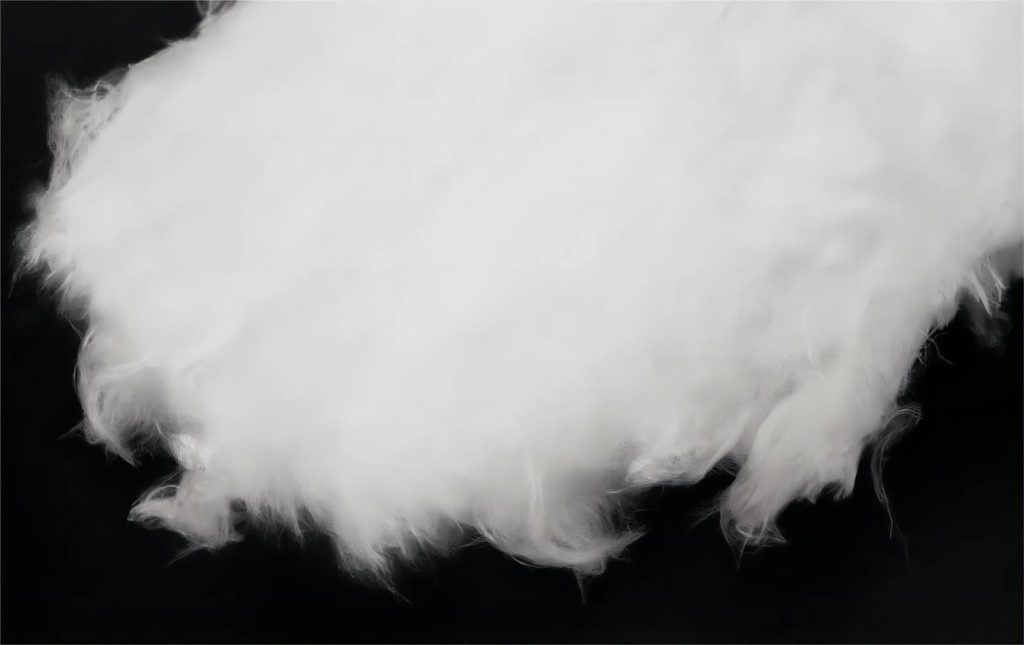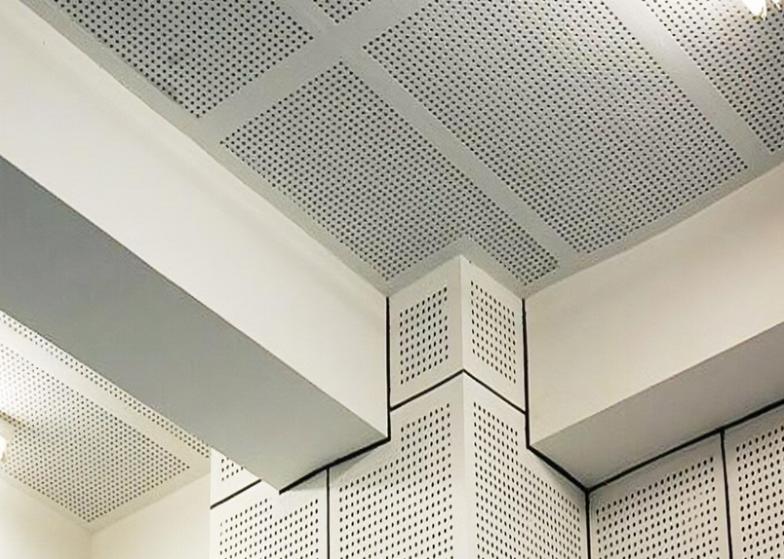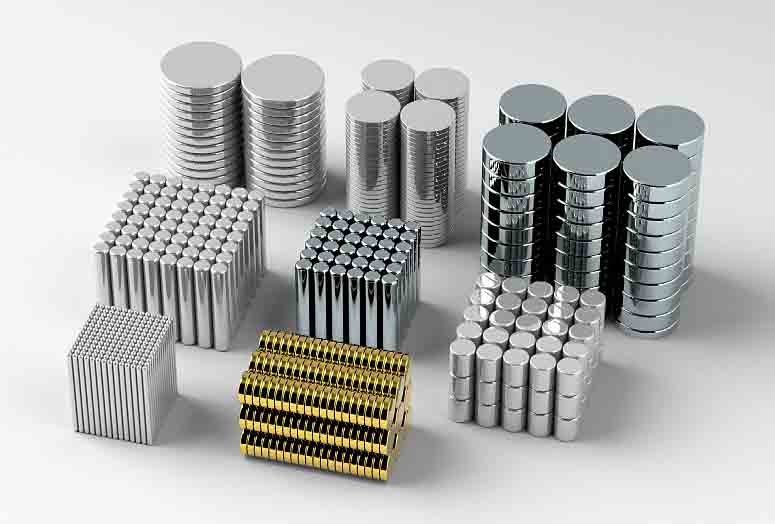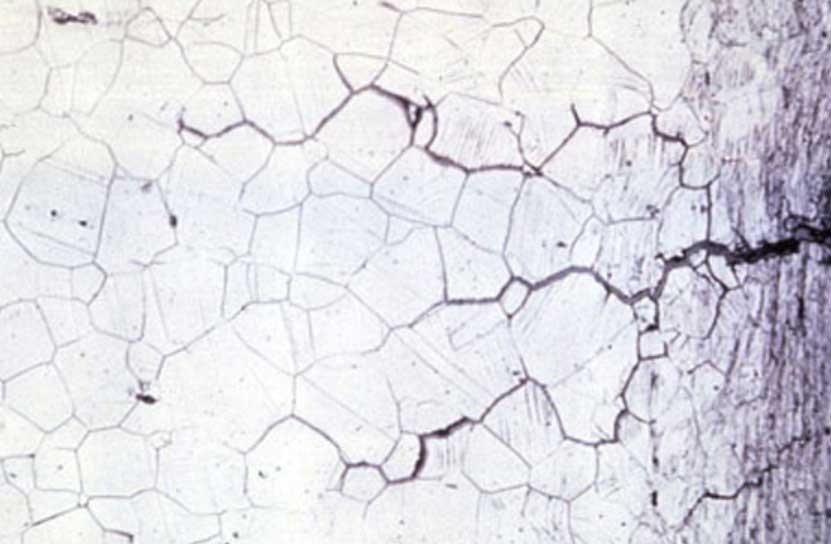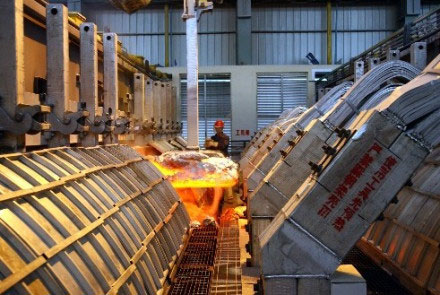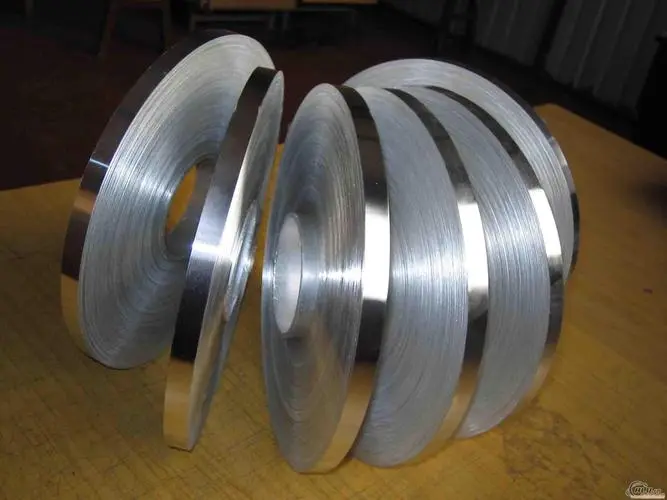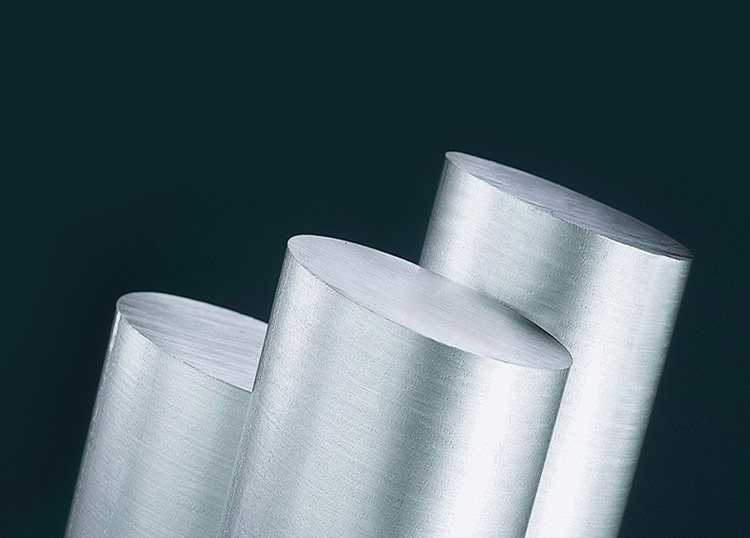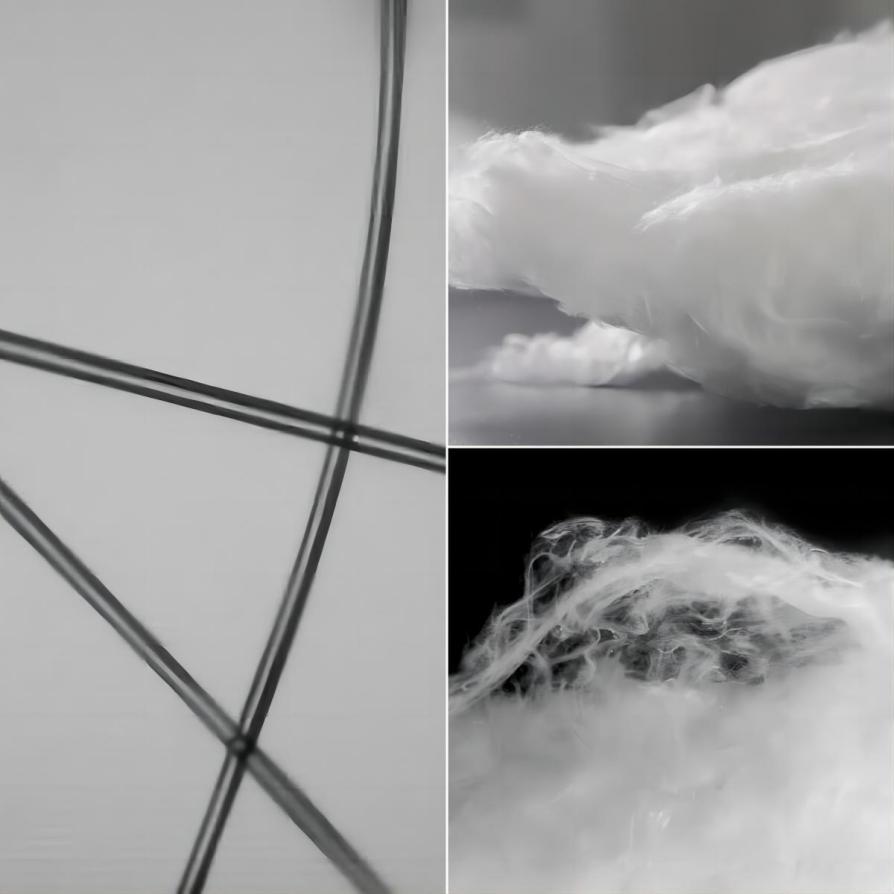Alumina fiber is a type of ceramic fiber made from aluminum oxide (Al2O3). It is a white, non-conducting material with high strength, high melting point, and good chemical resistance. Alumina fibers are typically used in high-temperature applications, such as insulation, filtration, and reinforcement in composites.

The manufacturing process for alumina fiber involves the following steps:
The First Step: Preparation of the spinning solution
The first step is to prepare a spinning solution. The spinning solution is a mixture of an aluminum compound, an organic polymer, and a solvent. The aluminum compound is typically aluminum chlorohydroxide (AlCl3·6H2O), while the organic polymer is typically polyethylene oxide (PEO). The solvent can be water or an organic solvent such as tetrahydrofuran (THF).
The proportions of the different components in the spinning solution will vary depending on the desired properties of the final fiber. For example, a higher concentration of aluminum compound will result in a fiber with higher alumina content.
The spinning solution is typically prepared by dissolving the aluminum compound and the organic polymer in a solvent. The solvent is then evaporated to leave behind a concentrated solution of the fiber-forming substances.
The spinning solution is typically prepared in a large tank, and it is then pumped to a spinning machine.
The Second Step: Spinning
The spinning machine has a spinneret, which is a device with many small holes. The spinning solution is pumped through the spinneret, and it is extruded out of the holes as a fine stream.
The stream of spinning solution is then drawn out into a fiber by a set of rotating wheels. As the fiber is drawn out, the solvent evaporates, and the fiber solidifies.
The fibers are collected on a conveyor belt or other surface. The fibers are typically very fine, with diameters ranging from 1 to 10 micrometers.
The Third Step: Heat treatment
The fibers are then heat treated to remove the remaining solvent and convert the aluminum compound to alumina. The heat treatment is typically carried out in an oven at a temperature of 500-1000 degrees Celsius.
The heat treatment also causes the fibers to shrink, which increases their strength and density. The final alumina fiber product has a density of approximately 3.9 g/cm3.
The heat treatment process can be carried out in a continuous or batch process. In the continuous process, the fibers are passed through a heated chamber, while in the batch process, the fibers are placed in a heated oven.
The heat treatment process typically takes several hours.
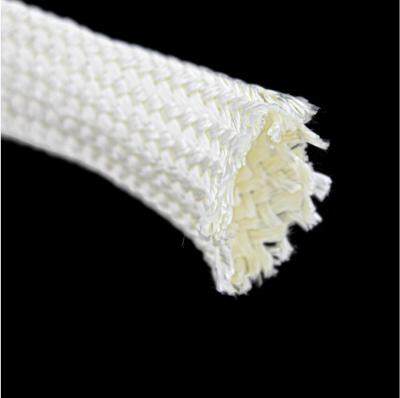
The Forth Step: Post-treatment
The fibers may be subjected to additional treatments after the heat treatment, such as sizing or coating. Sizing is a process of applying a thin layer of a material to the fibers to improve their properties, such as their strength, flexibility, or wettability. Coating is a process of applying a thicker layer of a material to the fibers to protect them from the environment or to give them specific properties, such as flame retardancy.
The sizing or coating process is typically carried out by dipping the fibers in a solution of the desired material. The fibers are then dried to remove the solvent.
The post-treatment process typically takes several minutes.
The Last Step: Finished product
The finished alumina fibers are then cut to length and packaged for shipment. Alumina fibers are typically used in a variety of applications, such as high-temperature insulation, filtration, and reinforcement in composites.
The manufacturing process for alumina fiber is relatively simple and cost-effective, making them a cost-competitive option for many applications.
In conclusion, alumina fiber is a versatile material with a wide range of applications. It is strong, lightweight, and heat resistant, making it ideal for a variety of high-temperature and demanding applications. The manufacturing process for alumina fibers is relatively simple and cost-effective, making them a cost-competitive option for many applications.


